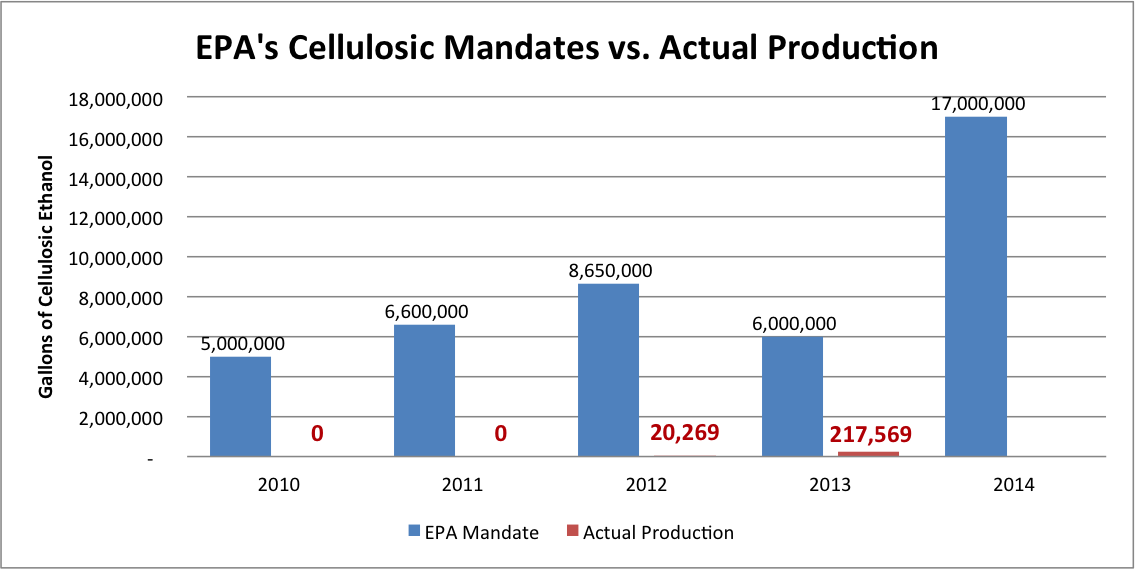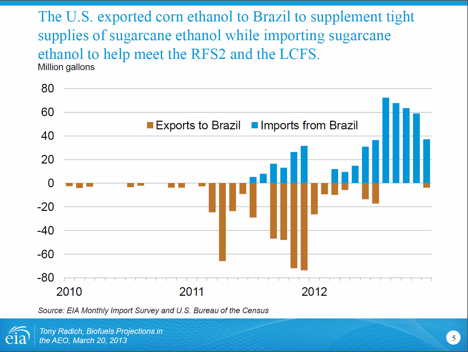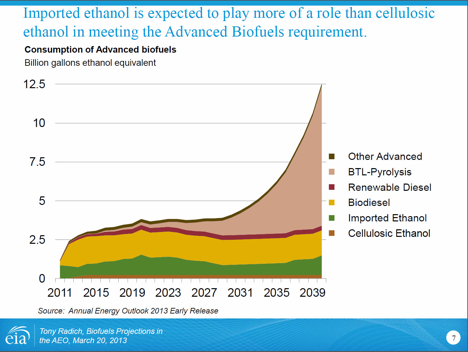Rahall, the 19-term Democrat representing West Virginia’s 3rd Congressional District, has often walked the fine line between advancing policies supportive of the Mountain State’s vital coal industry and the anti-coal policies of his party’s senior leadership. Currently, West Virginia is among the nation’s top three coal producing states, and supplies more than one-third of all the coal produced east of the Mississippi River. Moreover, West Virginia’s electricity needs are met almost entirely by coal-fired power plants, which are under regulatory assault due to the anti-coal bias of current administration polices. Despite the harmful impacts of carbon tax measures, Rahall has supported legislation that would cost West Virginia as much as 40,000 jobs.
AEA president Thomas Pyle released the following statement:
“To the detriment of West Virginia families, Congressman Rahall has perfected the art of saying one thing at home and voting the other way in Washington. His vote for the progressive budget, which includes an economically devastating carbon tax, is another example of this. With his support for the carbon tax, Congressman Rahall has enlisted in President Obama’s war on coal, a war whose first victims include the coal mining families of West Virginia’s third Congressional District.”
The ad buy represents AEA’s latest effort to spotlight the voting records of Members of Congress that warrant further public scrutiny. Earlier this year, AEA released a series of advertisements highlighting the pro-carbon tax votes of Senators Begich (D-Alaska) and Hagan (D-N.C.), as well as numerous House members.
To read the fact sheet supporting AEA’s “These Days” ad, click here.
To view AEA’s “These Days” ad, click here.
###






